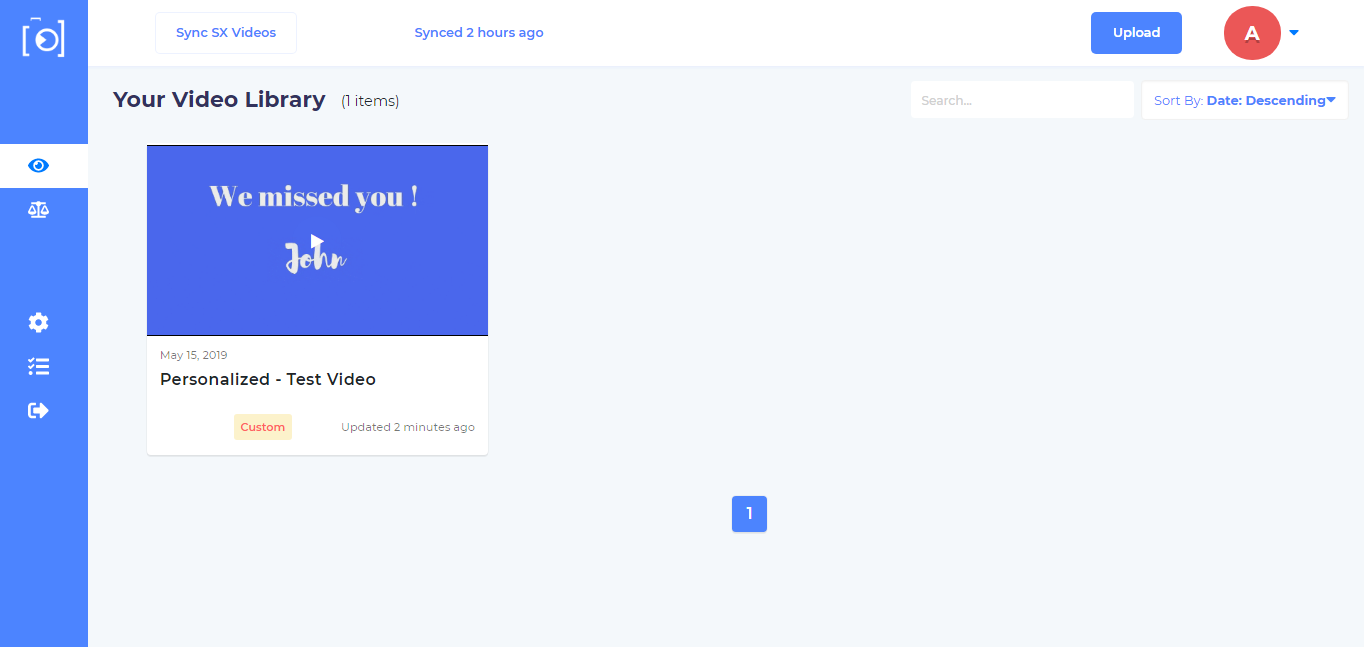Why do we skip most of the Youtube Ads?
Well!
It's simply because we only want to see the content that is relevant to us.
While making strategies for any marketing campaign, the most important thing to be kept in mind is whether your content is actually relevant to your target audience or not.
The main motive behind designing a content piece should be to reach the right audience, at the right time, and, through the right medium. For those looking for creative tools, discovering free procreates can be a game-changer in their designing journey. Additionally, embracing innovative techniques can elevate the impact of your content strategy.
However, there are a few more factors to keep in mind before you design a master strategy and here is the list:
- Setting a clear goal for your campaign
- Sticking to the Buyer Persona
- Diving Deep into the mind of your audience
- Knowing which stage of your buyers journey you want to target
- Setting-up a Budget
The same applies when it comes to setting up a video marketing strategy for your business.
If you have clearly defined the points mentioned above, you can now proceed with setting up the video marketing strategy for your business.
Remember: Videos creation has become easier and cheaper than ever. It no longer requires a production house or a million budget to create a business video. There are many alternatives like a webcam and screen recorder, a video creation tool or platform or an animated video maker and with these creating a video becomes as simple as making a cup of coffee.
Honestly, sometimes even a video shot over a mobile phone works. The only thing that matters is - how strong and clear your video strategy is and how efficiently it is executed.
So, let's start with setting up the perfect video strategy for your business which can easily be summarized in the 7 steps mentioned below:
Step 1 - Choosing a Video Hosting Platform
Before you start creating video content for your business try to choose a host for it. And, there are so many options from YouTube which has the greatest reach, to Vimeo, Vidyard, Wistia and, StoryXpress which specialize in B2B video hosting you can choose which ever platform you may think is the best-fit for your business.

Below mentioned are some features to look for in a video hosting platform:
- Branding option to set your player according to your brand colour.
- Custom Play button to give your player a personalized look
- Unlimited storing
- Easy sharing across all social platforms
- Buffer-free and 99% Uptime
Note: If you do not have a defined target audience and your motto is brand awareness then choosing YouTube as a hosting platform would be the best option. Reason: Firstly, because it already has a large reach. Secondly, it is the largest search platform after Google and you just need to optimize your video for the right keyword.
Step 2 - Competition Analysis
The best way to stay ahead of the competition is to keep reinventing and redefining strategies. Keeping a check on what your competitors are up to and what new strategies are being implemented by them is very important to stay ahead of them.

When it comes to videos following metrics can be used to track competition:
- What type of video content are they producing and which one works the best
- Total view on their videos
- What type of comment and social response do they get and where do they get it from
- Distribution platforms used by them and which is the most effective one
By analyzing your competition you will get a clear idea of what needs to be done and what needs to be avoided. Just learn from their mistakes and victories.
Step 3 - Customer-centric Content
"Customer is the King."
Remember this phrase before crafting any content for your audience and you are already halfway through. Keeping your buyer persona in mind and diving deep into the brain of your customer is what you need to create epic content.
Below mentioned are a few questions to ask oneself before creating content:
- Will the piece of content be loved by your target audience or will it add some value to them?
- What should be the right medium to show them the piece of content?
- What should be the right buyer journey stage to reach them with the content?
- Will this piece of content help to bring your prospects down the marketing funnel?
Now that you have them all answered, just start with the video.
Note: Your prospects will research, research and research and then possibly buy! If your video is eliminating one of the research steps or provoking them to buy then you have created a perfect one.
Step 4 - Choosing the right Tool and defining the Creative Requirements
Clearly listing the requirements for your video and communicating the same to your team is the next important step. The following procedure must be followed:
- Recalling the purpose and goal of your video
- Choosing the best type of video to communicate it effectively (Animated, personalized, tutorial, explainer, testimonial, interview, brand awareness) You can also choose from some of the latest video trends from here.
- Explore various video creation tools which can help you make the video. Appoint someone with a good designing sense and hands-on knowledge about how to use the tool to work on the video. When using a camera make sure the lighting is fine.
- Edit the video with proper filters. You can also add pointers to highlight main features and CTA buttons to make it actionable.
These were some of the basic steps to be followed while creating a video. If I missed something, just write it in the comments. Also, see how a video creation tool actually works in the video below.
Step 5 - Video Distribution Strategy
“We’re operating in a world where one good video can lead to a massive social following; where a massive social following can drive programming decisions; and where programming can be dynamically created by a user or an advertiser.” – Mike Henry
To make your video work choose the right platform to share it, reach your target segment and capture their attention with what you created.
For those who cannot exactly figure out where their target segment is, just try distributing the video to every possible distribution platform or group that you know about. This may not be a very strategic approach but will definitely help you figure out where your audience is and can probably help you reach new market segments.
Step 6 - One Video to Many Videos
When you are done with creating and sharing your video you can try creating short- form videos from the same content. These videos creatively distributed across stories on Facebook and Instagram. You can also make short trailer ads which connect to the original video. This can help you enhance your existing campaign and reach more people.
Your video length might have been the reason that some people may have skipped it. Short videos can help you reach those people.
Step 7 - Track the Video KPI's
What are the key metrics to be tracked when analyzing the performance of the video? Below listed are a few KPI's to be tracked depending on the type of video you are planning to hit:
- Average watch time & Total watch time
- Social share and Comments
- Play Rate
- Video Completion & Completion Rate
- Click-through Rate
Still confused about choosing the right metrics to analyse your video? Just watch the video attached right below and see how beautifully HubSpot has portrayed the use of various video metrics.
Conclusion
According to a report from HubSpot Research, more than 50% of consumers want to see videos from brands … more than any other type of content.
Many have already started turning their written blogs and product user-manuals into videos. With the right strategy, you can also start with videos to grow your business .
Do write to us if you want to know more about video marketing.
Happy Reading!


 Free Screen Recorder for Chrome
Free Screen Recorder for Chrome













